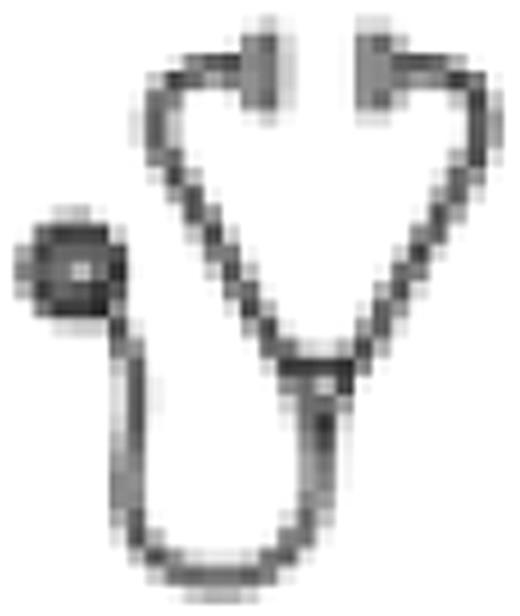Abstract
Zinc is a multi-functional element that is essential for life and the second most abundant metal ion, after iron in eukaryotic organisms. Zinc deficiency has been associated with bleeding disorders and with defective platelet aggregation, suggesting it may play an important role in hemostasis. Zinc ions have been shown to enhance activation of the intrinsic pathway of coagulation but to down-regulate the extrinsic pathway of coagulation. All vitamin K-dependent coagulation proteins have calcium binding sites and may therefore to some extent, interact with other divalent metal ions, including zinc, through these sites. Recent crystallography studies identified a pair of Zn2+ binding sites in FVIIa protease domain, and with the exception of Glu220, all the side chains involved in both the Zn1 and Zn2 coordination in FVIIa are unique to FVIIa and are not present in other vitamin K-dependent clotting factors (Bajaj et al., J Biol Chem 2006; 281:24873-88). Nonetheless, Zn2+ may bind to other vitamin K-dependent clotting factors at sites different from those identified in FVIIa.
The aim of the present study is to investigate the effect of zinc ions on the protein C pathway, particularly on protein C/APC binding to EPCR, protein C activation and APC catalytic activity.
Protein C and APC binding to EPCR on endothelial cells was examined by radioligand binding studies. Protein C activation and APC catalytic activity were evaluated in chromogenic assays. Equilibrium dialysis was used to measure zinc binding to protein C/APC. Conformational changes in protein C/APC were monitored by intrinsic fluorescence quenching.
Zn2+ does not replace the Ca2+ as a mandatory cofactor for protein C/APC binding to EPCR but Zn2+ at physiologically relevant concentrations (10 to 25 μM) markedly increased Ca2+-dependent protein C and APC binding to EPCR (∼2 to 5-fold). The kinetic analysis of protein C and APC binding to EPCR suggested that Zn2+ enhanced protein C/APC binding to EPCR by increasing the binding affinity of protein C/APC to its receptor (Kd for APC: – Zn2+, 117 ± 27 nM; + Zn2+, 9.3 ± 3.3 nM; Kd, for protein C: – Zn2+, 96 ± 26 nM; + Zn2+, 21.4 ± 6.6 nM). The enhancing effect of Zn2+ on APC binding to EPCR was also observed in the presence of physiological concentrations of Mg2+, which itself increased the APC binding to EPCR, two-fold. Zn2+-mediated increased protein C binding to EPCR resulted in increased APC generation. The effect of Zn2+ was not limited to enhancing protein C and APC binding to EPCR but also affected the catalytic activity of APC. Zn2+ inhibited the amidolytic activity of APC half-maximally at 50 to 100 μM. Zn2+ also inhibited the amidolytic activity of Gla domain deleted (GD)-APC in a similar fashion. The inhibitory effect of Zn2+ was partially reversed by physiological concentrations of calcium. Addition of Zn2+ to protein C or APC quenched the intrinsic fluorescence of both APC and GD-APC. Data from the equilibrium binding studies performed with 65Zn2+ revealed that Zn2+ binds to both GD-APC and APC, but that the amount of Zn2+ bound to APC was 3 to 4-fold higher than the amount bound to GD-APC. Kinetic analysis of equilibrium binding studies suggested that two Zn2+ atoms bind to APC outside the Gla domain with relatively high affinity (∼70 μM). At least one of the Zn2+ sites may overlap with the Ca2+ binding site as the Zn2+ binding to GD-APC was inhibited by approximately 50% by saturating concentrations of Ca2+. The substantially increased Zn2+ binding to the APC compared to GD-APC suggested that the N-terminus of the Gla domain of protein C contains multiple Zn2+ binding sites. Interestingly, Zn2+ bound to APC and GD-APC with a similar high affinity suggesting that the Gla domain, as well as the protease domain, may contain high affinity binding sites for Zn2+. A majority of the Zn2+ binding sites in the Gla domain appear to be distinct from the Ca2+ binding sites as less than 40% of the maximal Zn2+ binding could be blocked by Ca2+. The putative zinc binding sites in protein C/APC appeared to be unique as no consensus canonical zinc binding sequences homologous to other known zinc binding proteins were found in protein C.
Our present data show that Zn2+ binds to protein C/APC and induces a conformational change in these proteins, which in turn leads to higher affinity binding to their cellular receptor EPCR. Overall our results suggest that zinc ions may play an important regulatory role in the protein C pathway.
No relevant conflicts of interest to declare.

This icon denotes an abstract that is clinically relevant.
Author notes
Asterisk with author names denotes non-ASH members.

